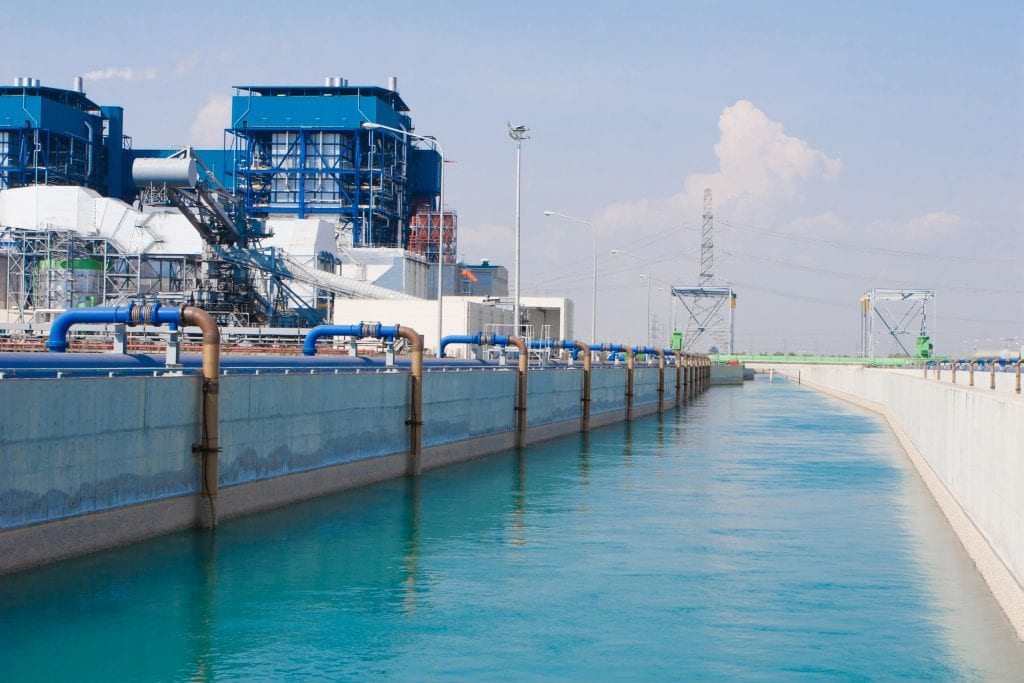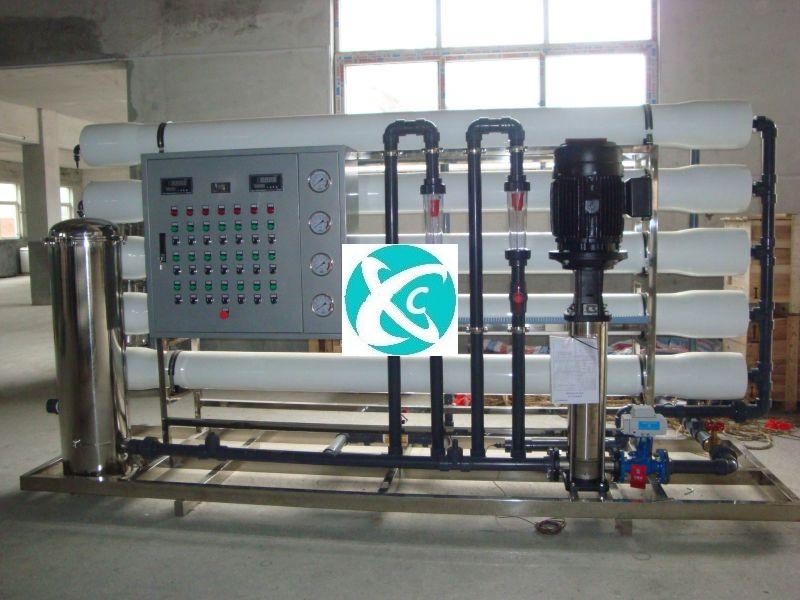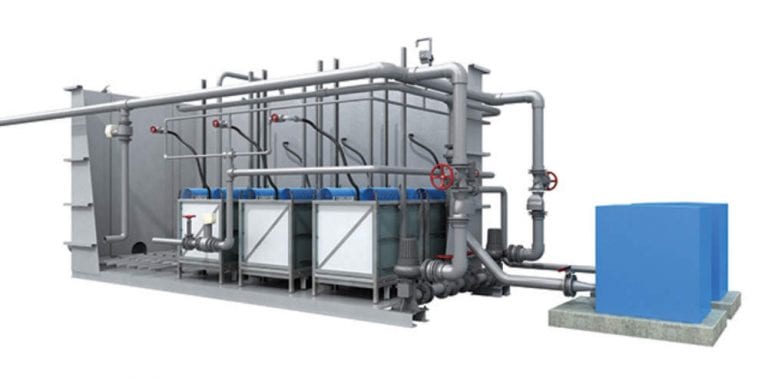The industrial water, which is the one drawn from wells, surface, and municipal sources can be used for a variety of things if treated. In fact, you can use industrial water for washing, heating, cooling, and rinsing. However, this water needs to be treated because otherwise, it will reduce the quality and efficiency of boilers. What’s more, industrial water can also be used in production and thus, it’s crucial to treat it. But, you must be wondering what an industrial water treatment system is and how does it work.
The industrial water treatment methods can be both simple and complex. These systems are based on numerous technologies. Here is everything you need to know about these systems and tech.
Contents
Which are the Industrial Water Treatment Systems and How Do They Work?
The treatment systems depend on the facility by which they are being used. However, there are four most commonly used industrial water treatment methods:
- Raw water treatment systems
- Boiler feed water treatment systems
- Cooling tower water treatment systems
- Wastewater treatment systems

Source: samcotech.com
Raw Water Treatment Systems
These treatment methods refer to water which occurs naturally in the environment and might be used for rinsing, cooling, or human consumption. Some of the most common sources for this water are wells, rivers, groundwater, lakes, and rainwater. These systems purify the water by eliminating the bacteria, iron, silica/colloidal silica, hardness, and suspended/colloidal solids.
These systems work in several steps. First, the water is drawn into a plant either by gravity or pumps. Then, it is clarified by removing all suspended solids from a solution. Next, all pathogens are removed by the process of disinfection. This process often includes using physical or chemical disinfectants, such as heat or chlorine. Furthermore, the hardness is removed with lime softening or ion exchange. After the treatment, the water is pumped to the facility.
Boiler Feed Systems
These systems, as their name suggests, are used to protect boiler unit components and piping from damage. The damage can occur due to certain contaminants present in the boiler, such as organic material, dissolved solids, and suspended solids. If not treated, it’s likely that corrosion and scaling will appear.
These methods try to eliminate the contaminants prior to entering the boiler. Hence, the water is usually purified and goes through the process of filtration. Afterward, IX is often used for removing hardness from boiler feed water. Next, in order to remove alkalinity, dealkalization is done. If required, polishing might take place prior to distribution.

Source: xuecheng-globe.com
Cooling Tower Systems
The circulation, feed, and blowdown water contain contaminants that can damage the cooling tower components. Hence, these systems protect parts and prevent biological growth, corrosion, and scaling. By using these methods, the facility also protects the equipment.
As a result, the cooling tower water treatment system eliminates harmful impurities in line with the manufacturer’s recommendations. The treatment usually depends on the requirements of the cooling tower equipment. So, the water goes through hardness or silica removal treatment, filtration, and softening. The softening process can boost the efficiency of cooling tower water use. Next, the stream goes through chemical treatment and side-stream filtration. Finally, there is a myriad of post-treatment options that can be used based on plant conditions.
To ensure your equipment is properly protected and you are maintaining your tower efficiency at its highest level, use the help of pros like Industrial Cooling Solutions. They offer repairs and upgrades solutions for existing cooling towers.
Wastewater Treatment Systems
This system converts spent streams into effluent. The water can be either reused or safely discharged. However, it’s important to use a proper wastewater treatment method to avoid harming the environment and human health. So, the wastewater will be treated appropriately according to the regulations impacting the plant and the composition of the waste stream.
Hence, the water is usually clarified of suspended solids from a solution and disinfected from pathogens. Then, it’s softened with lime, IX or membrane softening. So, it is ready to be reused by the facility or discharged to the environment if it complies with local regulations.

Source: Treatment Plant Operator
